frozen rubbermaid bin
mwudan
14 years ago
Related Stories

GARDENING GUIDESHouzz TV: Make a Worm Bin for Rich Soil and Happy Plants
A worm-powered compost bin that can fit under a sink turns food scraps into a powerful amendment for your garden. Here’s how to make one
Full Story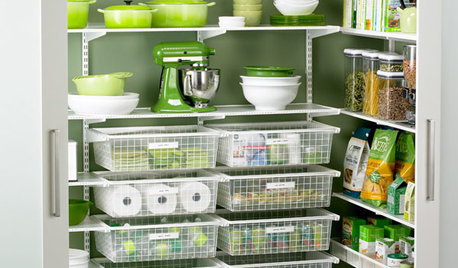
PRODUCT PICKSGuest Picks: 21 Nifty Pantry Organizers
Just say no to pantry chaos with these containers, racks, bins and other storage wonders
Full Story
LAUNDRY ROOMSMake a Clean Break With Laundry Chaos
Bins and bags, sorters and other storage — we've got several loads' worth of ways to keep your laundry neat
Full Story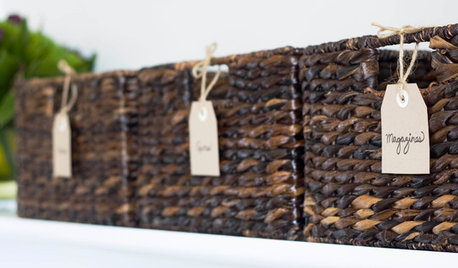
ORGANIZINGGet Organized: Are You a Piler or a Filer?
Tote out the bins and baskets and learn how to be an organized piler if file cabinets leave you cringing
Full Story
HOLIDAYSCollecting Christmas Ornaments That Speak to the Heart
Crafted by hand, bought on vacation or even dug out of the discount bin, ornaments can make for a special holiday tradition
Full Story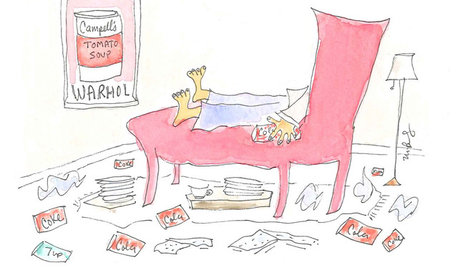
HOUSEKEEPINGPortrait of a Reformed Terrible Housekeeper
See how a man who once stashed dirty dishes under the couch is turning over a new leaf for a neater home
Full Story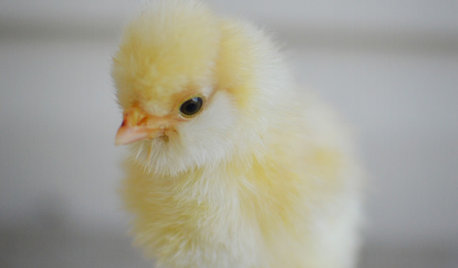
PETSWhat You Need to Know Before Buying Chicks
Ordering chicks for your backyard coop? Easy. But caring for them requires planning and foresight. Here's what to do
Full Story
MOST POPULARBlast Decluttering Roadblocks Once and for All
Change your thinking to get the streamlined, organized home of your dreams
Full Story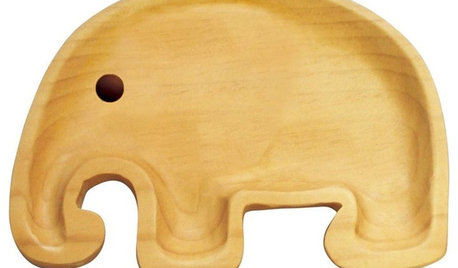
PRODUCT PICKSGuest Picks: Cool Dinnerware for Kids
Games, animals and movies barely scratch the surface of what’s available in kids’ plate designs
Full Story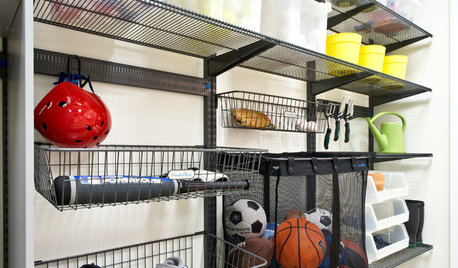
GREAT HOME PROJECTSHow to Make Your Garage a Storage Powerhouse
New project for a new year: Add shelving and containers to get your stuff off the garage floor — and still have room for the car
Full StoryMore Discussions






lkittle
mwudanOriginal Author
Related Professionals
Garden City Landscape Architects & Landscape Designers · Andover Landscape Contractors · Fair Oaks Landscape Contractors · Oak Forest Landscape Contractors · Overland Park Landscape Contractors · Oxnard Landscape Contractors · Setauket-East Setauket Landscape Contractors · Four Corners Landscape Contractors · Quartz Hill Landscape Contractors · Arlington General Contractors · Big Lake General Contractors · Bon Air General Contractors · ‘Ewa Beach General Contractors · Linton Hall General Contractors · Mishawaka General Contractorslkittle
mwudanOriginal Author
lkittle
mwudanOriginal Author
steamyb